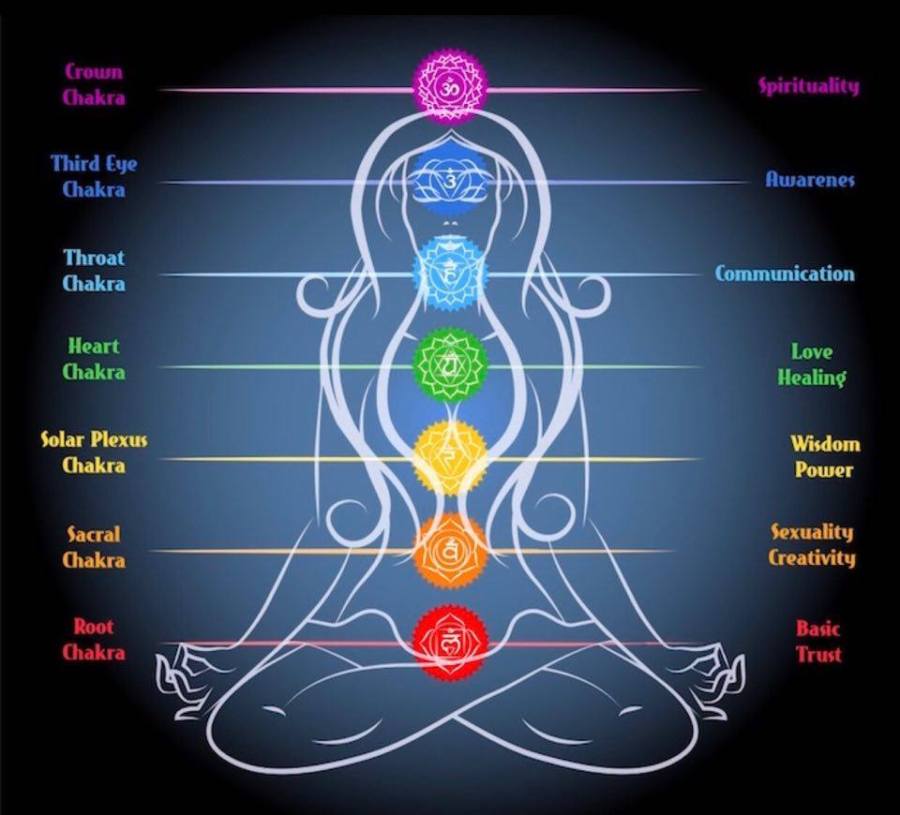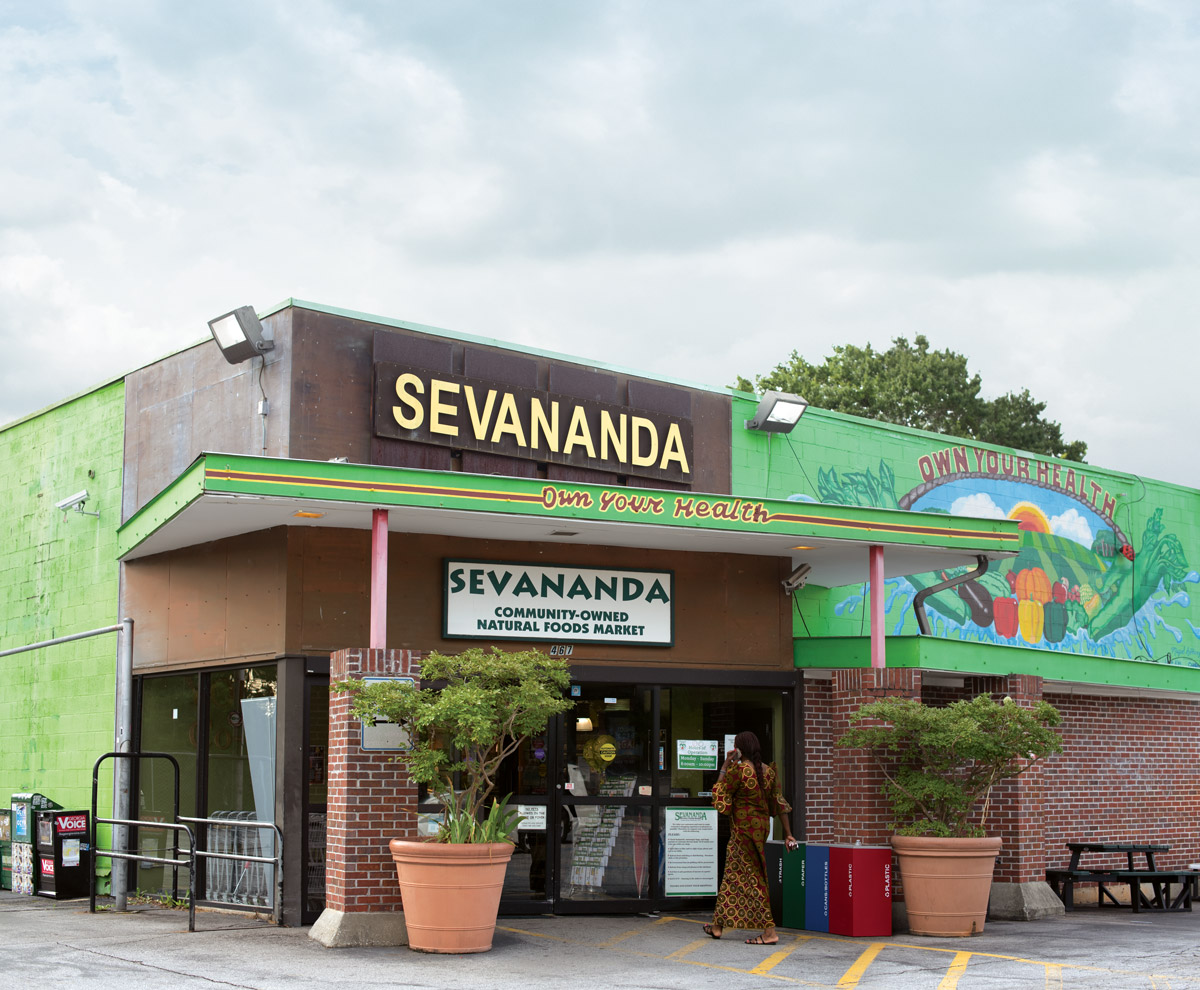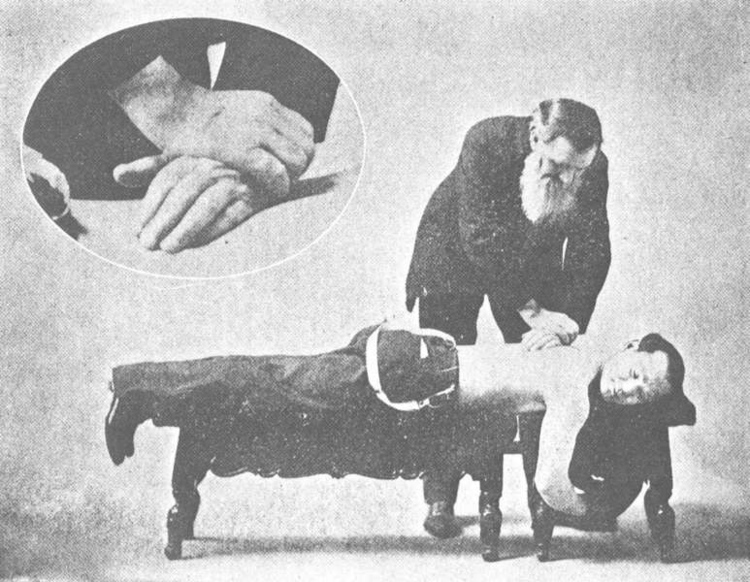I spent the good part of three hours today reading through your first EduBlog reflections and the comments. While I spent a substantial amount of time making sure to comment on each of your reflections, I wanted to take a moment to reflect myself on what I saw in your responses as a whole. I won’t be able to do this every week, but its important to me that 1) you know that I’m reading and reflection on your thoughts and 2) that I can do a similar project that I’m asking you to do.
So here we go! A few themes that I noticed while reading your reflections today, and my response…
(side note: I’m now wishing I had started tracking the topics and main phrases y’all used to make a word cloud — oh well, next time)
A general distrust and distaste for modern medicine and big pharma
Over the course of the semester, this theme will arise again and again. The idea that modern Western medicine is missing the mark somehow – whether it be the lack of time spent with patients, the strong drugs with adverse side effects, the over prescription of said drugs, or a limited (rather than holistic) scope of practice that focuses only on the body and not the “whole person.”
What I hope you realize through the next weeks is that this dissatisfaction with heroic medicine / regular medicine / biomedicine (whichever medical system has the hegemonic power) has pervaded the American psyche. This is not a new phenomenon nor a return to past – it’s always been there.
Issues with accessibility to regular / biomedicine —
Connected to the distrust of regular / heterodox medicine is the general sense that it’s inaccessible, not just to patients, but also the process of “legitimation” made it an inaccessible profession to any person that wasn’t white and male. While I didn’t assign the chapter this time around, Baer has an excellent discussion of the role of corporate capitalism in the rise of biomedicine. He pays special attention to the Flexner Report. It’s stated intent was to ensure that medical practitioners were held to a high standard for the protection of patients, but a (unintended?) consequence was the closure of many medical schools that allowed women and Black doctors.
A related issue is the prohibitive cost of healthcare from regular physicians. As we’ll see a bit in this week’s readings (Week 3), regular medicine was typically more expensive than alternative modalities — it most definitely is now. In terms of Thomsonian medicine, he imagined the ultimate democratization of healing — “every (hu)man (their) own doctor” — (but I’d also push back on the idea that these early healers were completely altruistic and “good hearted” as some of you mentioned in your reflections; they were still making good money selling the rights to their approach).
The conversation of accessibility healthcare will become more complex as we work through the syllabus: first with conversations about the Holistic Health Movement and New Age healing (usually upper- or middle-class white women who have disposable income), but then broadening our conversations to different types of CAM that may (or may not) appeal to other communities, especially Black, Indigenous, and immigrant communities that face discrimination and trauma by the biomedical community.
My questions for you here are: Throughout these different historical periods, what are some of the barriers of access to regular / biomedical care? And what happens when biomedical care doesn’t “work” / cure (in the case of chronic illness)? How do you imagine some of these issues relate to who practices / is a patient of alternative medicine? What about biomedical care seems insufficient, and how are the values of alternative medicine filling those gaps?
A desire for “natural” and “holistic” —
Time and again in your posts I read comments about how y’all (or your families) were much more receptive to healing modalities that were “natural” – whether that meant an avoidance of prescription meds because of their side effects, or because “clean living” and healthier lifestyles lead to less disease in the first place, or that modern medicine is limited in effectiveness and needs to “integrate” with alternatives… These are also not new or modern concepts. As we’ll see in this week chapters, but especially in the Holistic Health movement, these values are consistently part of American’s views on healing.
A few more questions to keep in mind as we continue to read: How do all of these communities define “natural”? What does “holistic medicine” mean, especially in the context of the Holistic Health movement? Despite alternative medicine’s attention to “holism” , how does it continue to be “limited” (per Baer)?
Personal and familiar use of a variety of “alternative healing” practices
Thank you all for sharing your personal and familiar / community experiences of CAM healing! Some of the practices that y’all mentioned included: folk and ethno- medicine (teas, herbs, tinctures, oils), parochial medicine (incense, prayer for healing), and some New Age healing (crystals, energy healing).
I’d love to know more about all of these practices, especially the folk medical traditions used in your family – to the extend that you’re willing to share. Some of the most powerful reflections and connections to material happen when we talk about things related to your life, your family, your community… One student even mentioned calling their mom to share that a leader from their religious communities was mentioned in the one of the chapters — that made my day! And while that won’t happen every week, hopefully once or twice throughout the semester we’ll touch on something that resonates with your experience.
Another great source of content for your reflections would be the integration of how you see CAM pop up in your daily life. Snap pictures while you’re at the grocery store waiting in line (so many health magazines draw on CAM and holistic health movement ideals), at the esoteric shop (New Age healing), the tea that your grandma make when you’re sick or the tonic that a friend sends from abroad (folk medicine, herbal remedies, “Eastern” healing). Once you start looking, you might see it everywhere!
On a personal note, as a child of California hippies (my mom was at UC Berkeley in the late 60’s and my dad considers himself a (neo)shaman (yes, in all the very problematic ways) — most of the content we’ll cover this semester (at least the modalities that are marketed to middle-class while folks) is familiar to me and feels a bit like “home” — and I find it really fascinating (and an opportunity of growth to encounter all the problematic ways I was raised) to explore the history of practices that were just a part of my background growing up.


 Our readings this week focus on the Holistic Health Movement (and the deeply interwoven “spiritual” values of the New Age Movement, which we’ll tackle more next week). As you read, I’d like you to start making connections to the “new” natural healing modalities and the themes that emerged in the values of Euro-American natural healing modalities (homeopathy, naturopathy, osteopathy, chiropractic): a strong distrust of regular medicine and a desire for “natural” healing (although “natural” continues to be defined in a variety of ways).
Our readings this week focus on the Holistic Health Movement (and the deeply interwoven “spiritual” values of the New Age Movement, which we’ll tackle more next week). As you read, I’d like you to start making connections to the “new” natural healing modalities and the themes that emerged in the values of Euro-American natural healing modalities (homeopathy, naturopathy, osteopathy, chiropractic): a strong distrust of regular medicine and a desire for “natural” healing (although “natural” continues to be defined in a variety of ways). 



